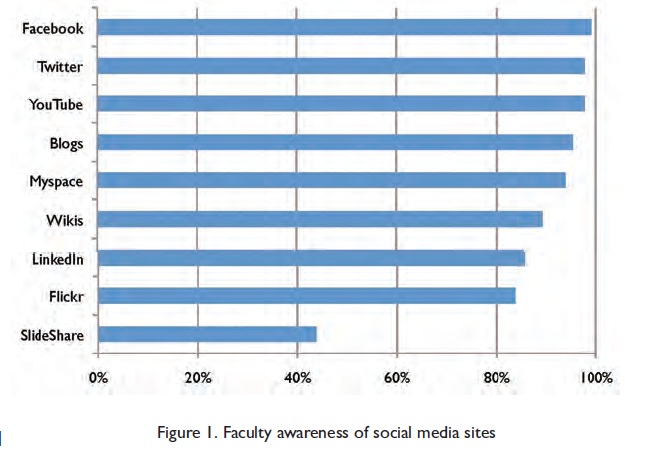Dear Commons Communuty,
Toms dispatch.com and AOLNews have an insightful piece by Andy Kroll on the job market. On April 19th, McDonald’s launched its first-ever national hiring day, signing up 62,000 new workers at stores throughout the country. For some context, that’s more jobs created by one company in a single day than the net job creation of the entire U.S. economy in 2009. And if that boggles the mind, consider how many workers applied to local McDonald’s franchises that day and left empty-handed: 938,000 of them. With a 6.2% acceptance rate in its spring hiring blitz, McDonald’s was more selective than the Princeton, Stanford or Yale University admission offices.
“According to a recent analysis by the National Employment Law Project (NELP), the biggest growth in private-sector job creation in the past year occurred in positions in the low-wageretail, administrative, and food service sectors of the economy. While 23% of the jobs lost in the Great Recession that followed the economic meltdown of 2008 were “low-wage” (those paying $9-$13 an hour), 49% of new jobs added in the sluggish “recovery” are in those same low-wage industries. On the other end of the spectrum, 40% of the jobs lost paid high wages ($19-$31 an hour), while a mere 14% of new jobs pay similarly high wages.
The hardest hit industries in terms of employment now are finance, manufacturing, and especially construction, which was decimated when the housing bubble burst in 2007 and has yet to recover. Meanwhile, NELP found that hiring for temporary administrative and waste-management jobs, health-are jobs, and of course those fast-food restaurants has surged.
Indeed in 2010, one in four jobs added by private employers was a temporary job, which usually provides workers with few benefits and even less job security. It’s not surprising that employers would first rely on temporary hires as they regained their footing after a colossal financial crisis. But this time around, companies have taken on temp workers in far greater numbers than after previous downturns. Where 26% of hires in 2010 were temporary, the figure was 11% after the early-1990s recession and only 7% after the downturn of 2001.
As many labor economists have begun to point out, we’re witnessing an increasing polarization of the U.S. economy over the past three decades. More and more, we’re seeing labor growth largely at opposite ends of the skills-and-wages spectrum — among, that is, the best and the worst kinds of jobs.”
Tony








